Veggies and Herbs Made in the Shade: A Growing Season Calendar for North Florida
The importance of using an open shade structure for hydroponic crop culture in Florida has recently increased. Prior to the turn of the century, hydroponic culture in Florida was done inside a greenhouse structure, but it has now expanded to several other types of structures. In addition to greenhouses, production now exists in high tunnels, insect screens or net houses, and open shade-covered structures. In southern parts of Florida, outdoor hydroponic systems without any structure are becoming more common. In those cases, many operations use a polypropylene cover for freeze protection. Diversifying structures stems from growers' desires to extend the season to meet consumer demand for a longer time period. The purpose of this publication is to indicate what crops have been successfully grown under shade in northern Florida at various times of the year (Table 1).

Credit: UF/IFAS
In attempts to extend the growing season into warmer weather, shade structures have become more popular. Because of northern Florida's extremely high summer temperatures, however, production inside greenhouses or high tunnels is very difficult, even with fully operational ventilation systems. Wanting to prolong the season, small growers began using open shade-covered structures to combat the summer heat. Research trials at the Suwannee Valley Agricultural Extension Center near Live Oak, Florida, have been conducted yearly since 2003 to evaluate various crops' and cultivars' production success in an open shade system.
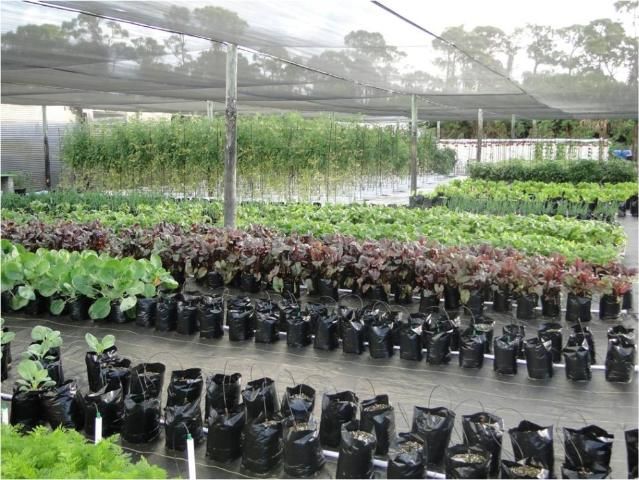
Credit: UF/IFAS
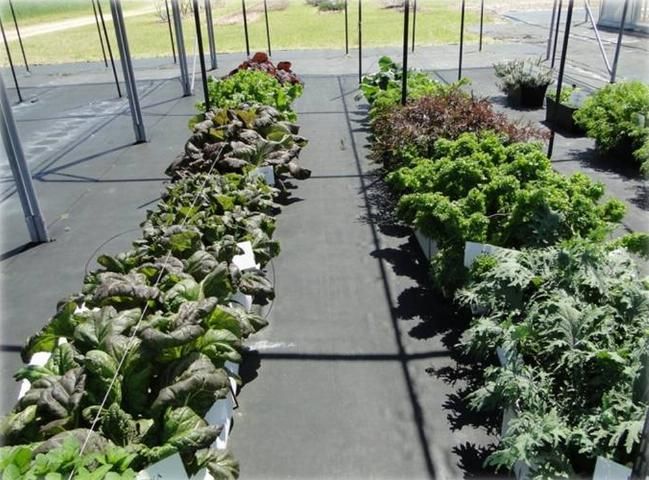
Credit: UF/IFAS
Research suggests that several crops can be successfully produced during the summer months under a 30–45% shade cloth. Most research has been conducted on bell peppers, and several cultivars of peppers have successfully grown from transplanting in early April to termination in late November. (For more information about growing bell peppers under open shade structures, visit https://edis.ifas.ufl.edu/hs368.)
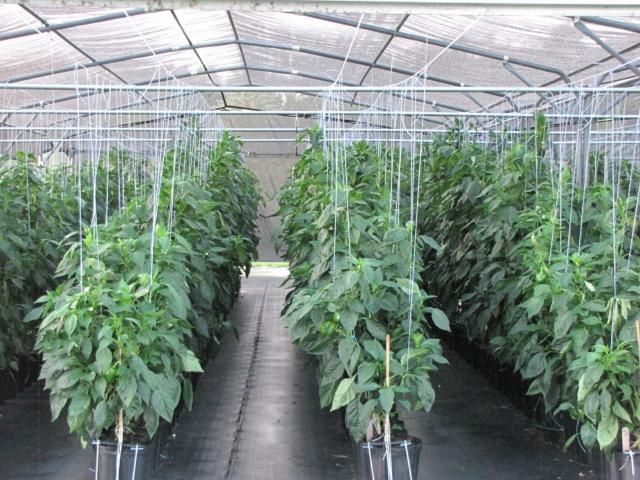
Credit: UF/IFAS
However, trials growing tomatoes, for instance, posed a much greater challenge in the summer months. Tomato cultivars grown in the summer need the "hot set" trait, so flowers will set fruit under higher temperatures than most standard or heirloom cultivars. The other consideration for summer- and fall-grown tomatoes is to choose cultivars resistant to the whitefly-vectored tomato yellow leaf curl virus (TYLCV), which distorts and turns the plant's new leaves yellow and essentially stops further growth above that point.
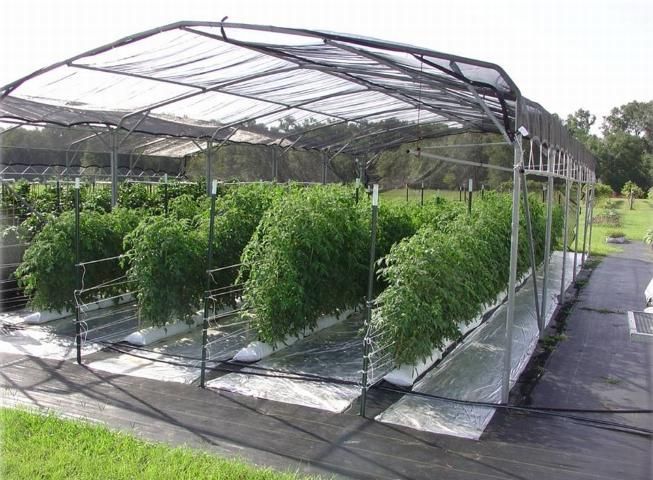
Credit: UF/IFAS
Once growers implement a shade-production system, they often determine what diverse crops can grow year round, even in North Florida. By using various protected agricultural structures for producing crops during different seasons, growers can increase their profit nearly every month. For example, crops expected to grow during winter months would be considered cold-tolerant. If extremely cold temperatures (mid 20's) are expected, however, then those crops will probably need temporary protection using a polypropylene row cover. Growers need to evaluate the performance of cultivars within each crop because not all cultivars are equally well adapted to shade culture. This is an area for future research to be conducted and reported as it becomes available.
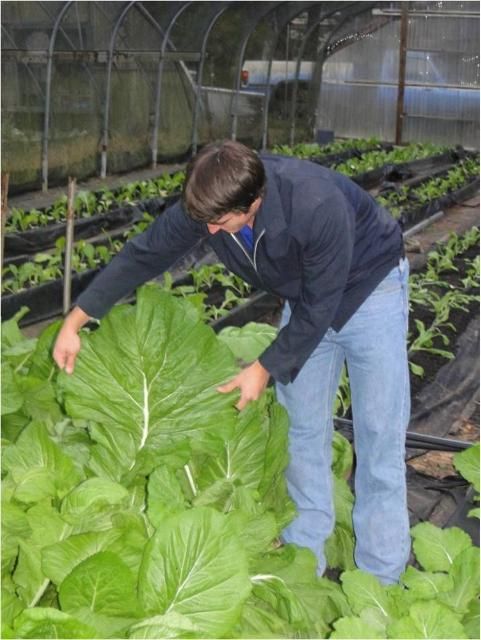
Credit: UF/IFAS
Many growers considering diversified crops and protected culture also take part in direct-marketing avenues. Providing product year round is essential for maintaining customer relationships in the marketing environment. The risk-management advantage that comes with diversifying available products is equally important. For example, if the market price is not desirable or if one crop fails but others perform above average, this lessens the operation's risk, depending on volumes. Diversifying crops also allows growers to sort products into "value-added" offerings that offer all the needed produce in one dish like a stew. Ultimately, the entrepreneurial grower can reap marketing and risk-management advantages when he or she diversifies crops.
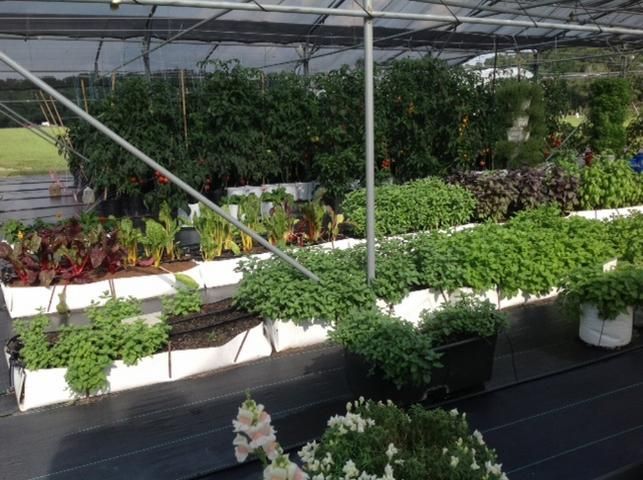
Credit: UF/IFAS


